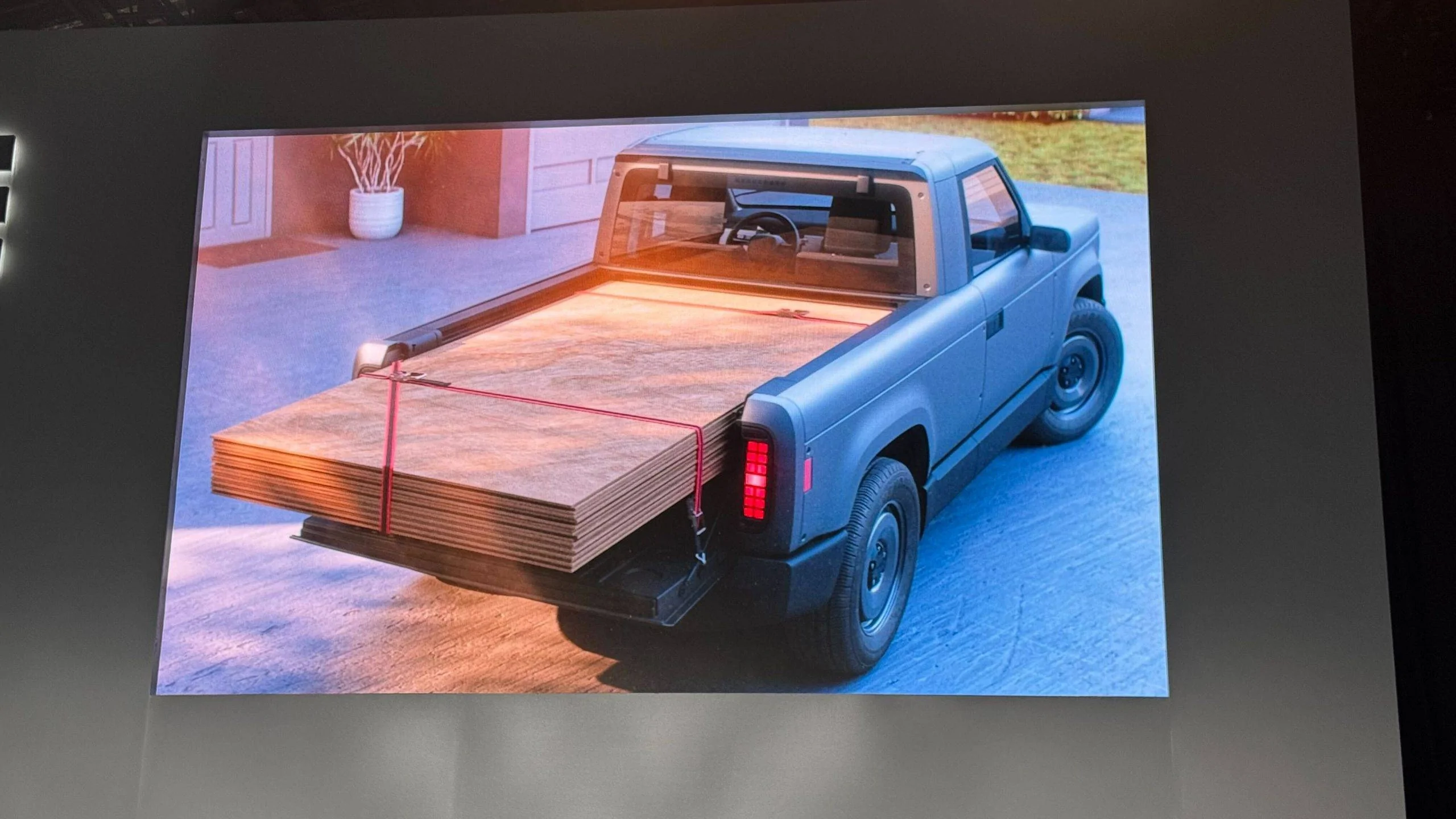metroshot
Well-Known Member
- First Name
- Pat
- Joined
- Apr 30, 2025
- Threads
- 4
- Messages
- 195
- Reaction score
- 210
- Location
- CA
- Website
- www.kudo-ume-farms.com
- Vehicles
- Mach E + Honda PHEV
I don't care if the battery is 400 or 800v.
I just want to access Tesla Superchargers where I normally charge my Mach E.
With such a small battery, it should be enough time to get a coffee or bathroom trip.
I just want to access Tesla Superchargers where I normally charge my Mach E.
With such a small battery, it should be enough time to get a coffee or bathroom trip.


